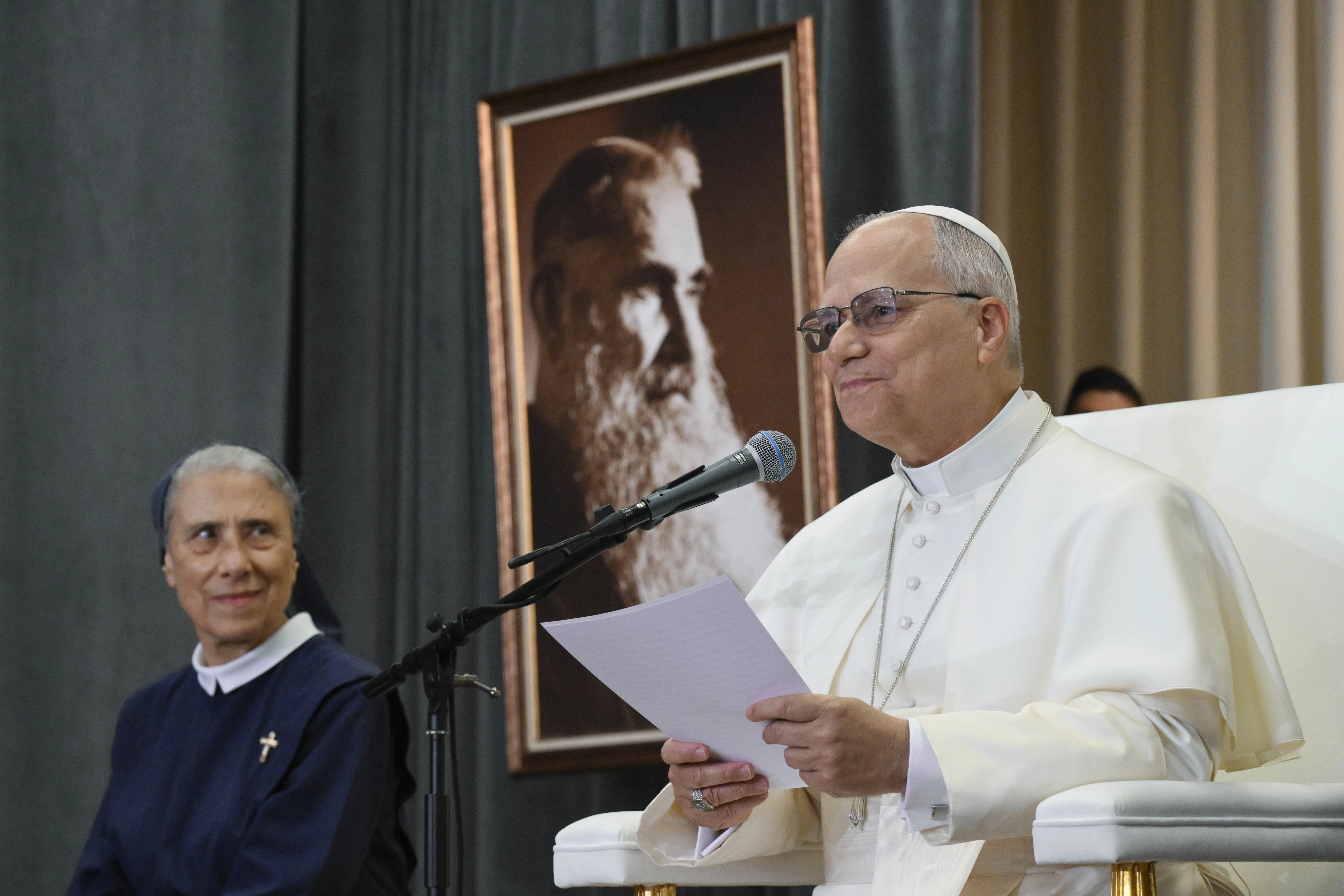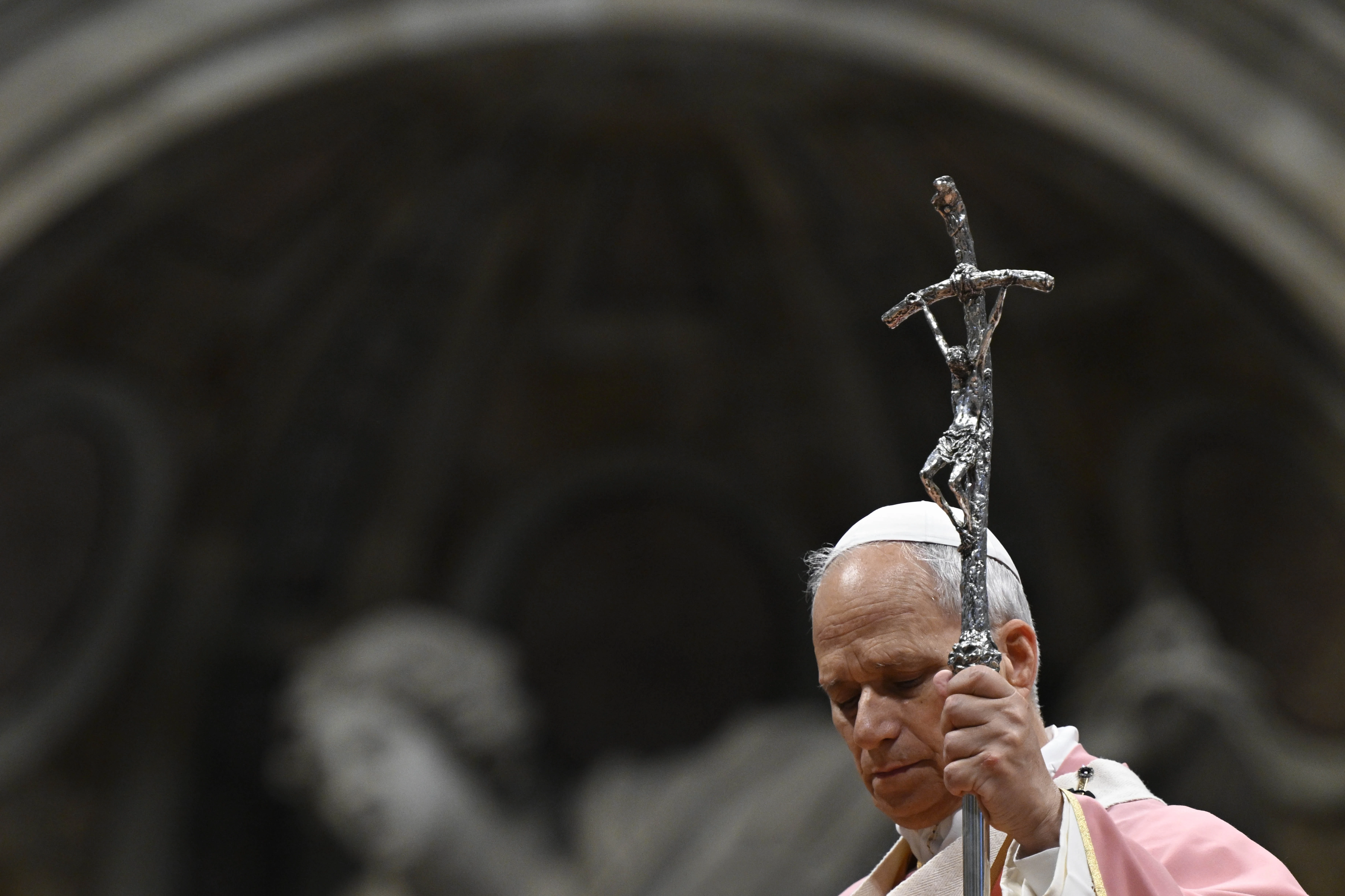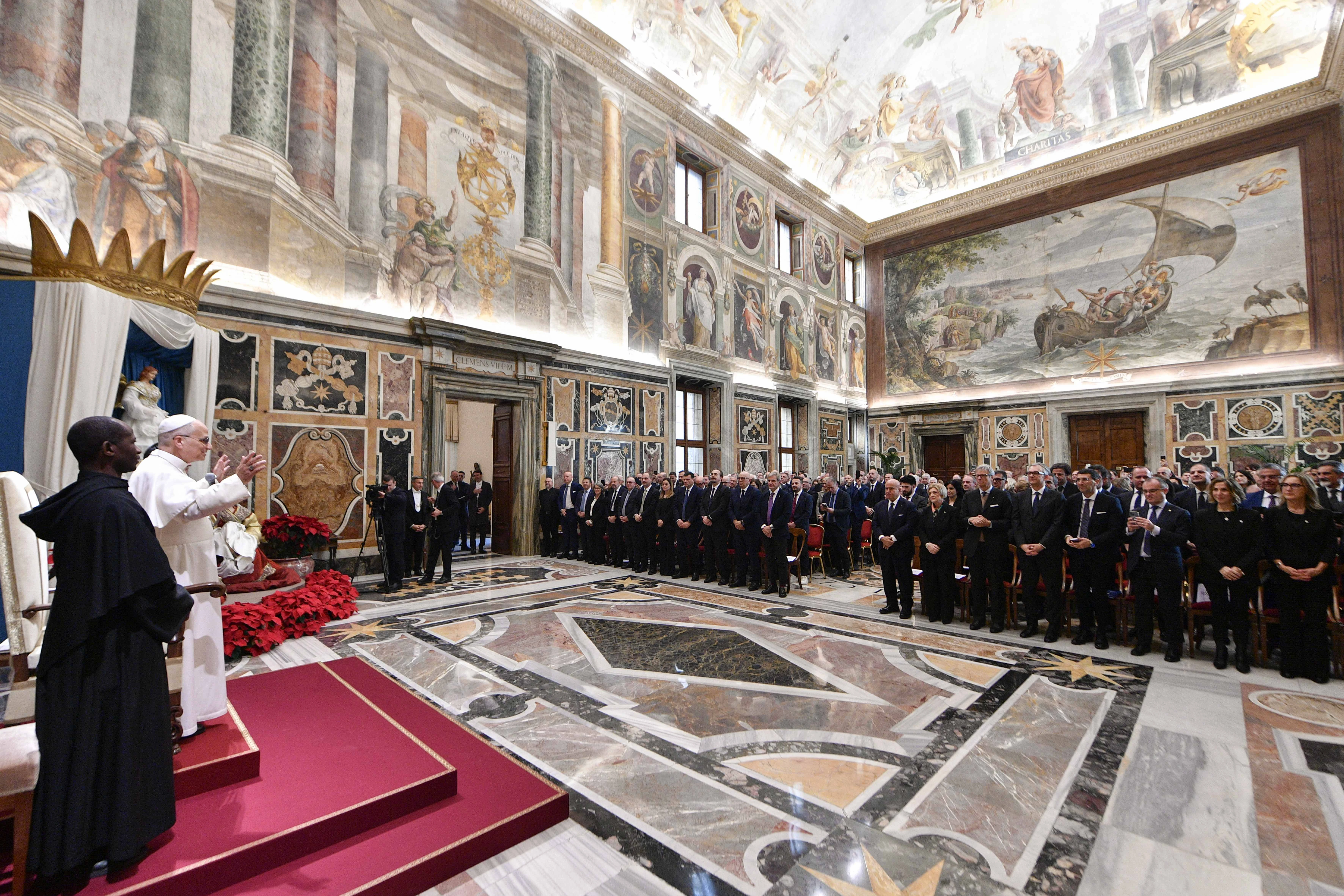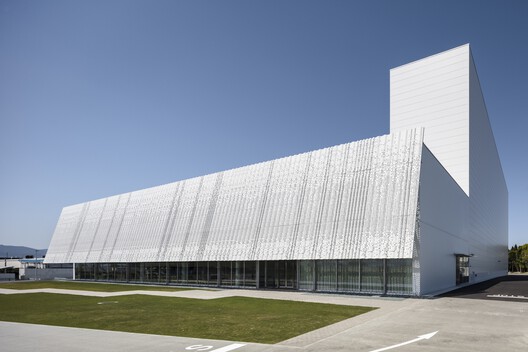Why more companies are merging HR and IT to prepare for the AI era


For decades, human resources and IT have been viewed as two entirely separate worlds – one managing people, the other managing technology.
But a growing number of companies are now bringing the two functions under one leader, a move driven largely by the rapid adoption of artificial intelligence (AI).
According to workplace software firm Nexthink, 64% of senior IT decision-makers at large companies expect their HR and IT teams to merge within the next five years. The aim is to ensure that technology and people strategies are developed in tandem – and that businesses are ready for an AI-powered future.
Tracey Franklin, chief people and digital technology officer at biotech giant Moderna, oversees both HR and IT for the company’s 5,000-plus employees. That includes core IT services as well as the digital technology used in drug development, manufacturing and commercialisation.
“Traditionally, HR would plan how many humans we need to get tasks done, and IT would respond to requests for the systems to do it,” she says. “Now it’s about designing how work flows through the organisation, deciding what’s done with technology – hardware, software, AI – and where human skills fit best.”
Moderna has partnered with OpenAI, training all employees on how to use AI tools like ChatGPT to reshape workflows. “We’re saying, ‘Here are the tools to rewrite how work gets done’,” Franklin explains.
She stresses that while the leadership structure has changed, the specialist roles remain: “I haven’t turned an HR person into an IT person or vice versa.” Instead, the role of the combined leader is to set strategy, allocate capital, remove obstacles and engage employees.
At customer service software firm Covisian, the HR and IT functions were merged in 2023 under chief people and technology officer Fabio Sattolo, previously the company’s CTO. With 27,000 staff, most in call centres, the company sees AI as a way to speed up problem resolution – with humans diagnosing customer issues and AI handling the back-end processes.
Merging the departments has improved speed and effectiveness, Sattolo says. One example is an internal job-posting tool developed by the joint team, which doubled applications for internal vacancies.
Breaking down the cultural barriers between HR and IT has been essential. “IT and HR people are really different,” Sattolo admits. “IT people aren’t always good at talking, HR people are great listeners. We needed neutral leaders to help the teams find common ground.”
While proponents argue that merging HR and IT speeds up decision-making and integrates technology with people strategies, others warn of the risk of diluting expertise.
David D’Souza, director of profession at the CIPD, says: “The skillsets of the two professions are complementary, but have little overlap. Complex people issues require a different understanding to the specialist expertise needed in IT. Greater collaboration makes sense, but full mergers risk losing the depth organisations need.”
At online bank Bunq, HR and IT sit within the same overarching team, a structure that chief strategy officer Bianca Zwart believes makes sense because both build systems to support the wider business. Bunq is aiming to automate 90% of its operations by the end of 2025 – without redundancies – and believes HR-IT integration will help staff adapt to AI.
“In any company, people need to understand they’ll be working in a completely different way,” says Zwart. “AI will take away repetitive tasks, so they can focus on the more complex problems.”
For the growing number of firms following this model, the message is clear: the future workplace will depend on technology and people strategies working hand in hand – and in some cases, under the same roof.
Read more:
Why more companies are merging HR and IT to prepare for the AI era



















:quality(85):upscale()/2023/09/18/918/n/1922398/a1136b676508baddc752f5.20098216_.jpg)
:quality(85):upscale()/2025/10/09/670/n/1922283/00b944c868e7cf4f7b79b3.95741067_.jpg)
:quality(85):upscale()/2025/10/15/765/n/1922398/29c37a6e68efd84bb02f35.49541188_.jpg)
:quality(85):upscale()/2025/09/09/891/n/1922283/7222624268c08ccba1c9a3.01436482_.png)




















